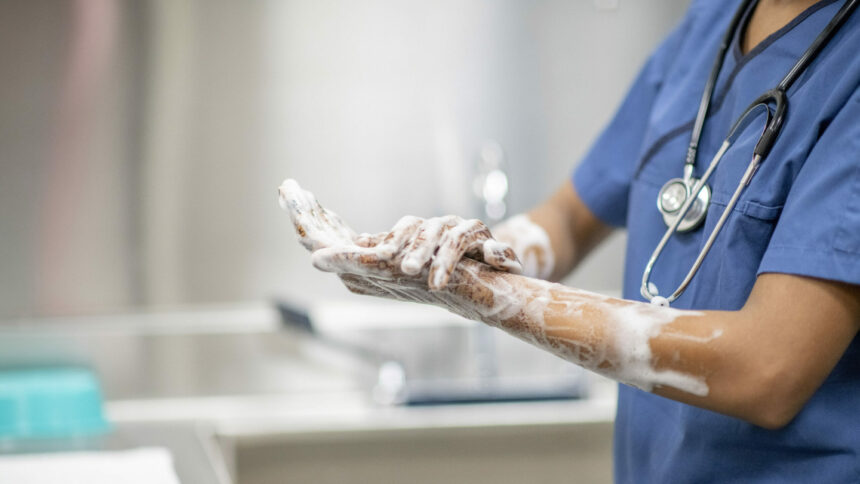
Pay attention to the sink and plumbing fixtures at your healthcare community; they could be ground zero for highly resistant pathogens.
That was the case at an Idaho hospital, where patients were infected with carbapenemase-producing, carbapenem-resistant Pseudomonas aeruginosa (CP-CRPA). Investigators sought to find out how the people were infected. CP-CRPA was found in the hospital room sink in a room where two patients stayed four months apart. The case study report was published by the Centers for Disease Control and Prevention last week.
CP-CRPA along with Acinetobacter baumannii (CRAB) are two pathogens that are often the culprit in pneumonia cases acquired in healthcare communities. They’re also responsible for bloodstream, urinary-tract and wound infections. Both of the pathogens are resistant to antibiotics, and remain a threat to people in the communities.
In the Idaho case, the pathogen was traced to the sink. It can spread easily between people who used the plumbing. The infections were reported in 2021 and 2022. Important to note: The pathogen didn’t infect 16 other people who were in the room between the two infected people.
Investigators looked at the non-disposable parts of the ventilators that the infected people used. They also looked at plumbing in the room because they knew that the bacteria could get into biofilm mode and thrive in wet settings. Past research has found that CRPA is one of the most common carbapenem-resistant organisms that’s in hospital water environments.
After disinfecting the sink, CRPA was no longer found and there were no more cases of it.
“Collaboration between healthcare facilities and public health agencies, including testing of CRPA isolates for carbapenemase genes and implementation of sink hygiene interventions, was critical in the identification of and response to this CP-CRPA cluster in a healthcare setting,” the authors wrote.



